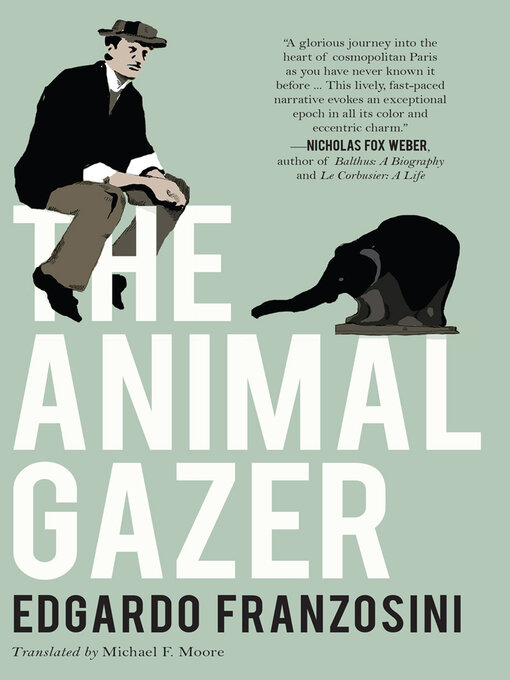- Available now
- New eBook additions
- New teen additions
- Check out our eBooks for kids!
- Most popular
- See all ebooks collections
- Available now
- New audiobook additions
- New teen additions
- Most popular
- See all audiobooks collections
- WE HAVE MAGAZINES!! Click here for more
- Let's Get Cooking!
- News and Politics
- Celebrity Magazines
- Kids & Teens Magazines
- See all magazines collections



